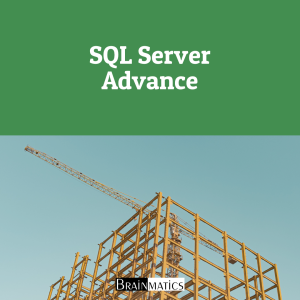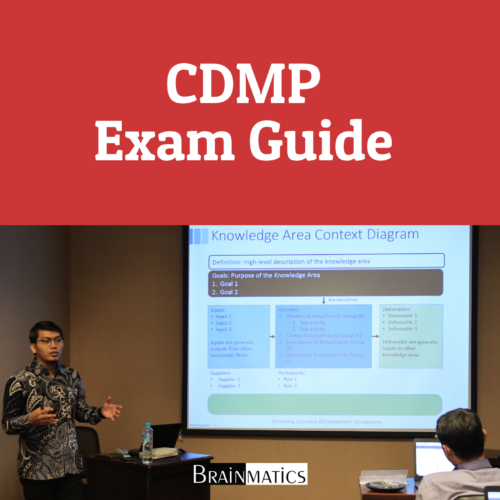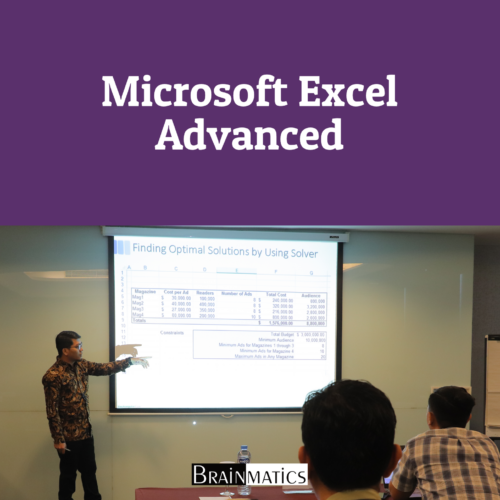 Pengembangan SQL Server Advanced sering menghadapi berbagai tantangan, termasuk kompleksitas dalam konfigurasi dan optimasi sistem, manajemen kueri yang efisien, serta pengelolaan transaksi dan konkurensi. Selain itu, masalah seperti performa sistem yang menurun akibat kueri yang tidak optimal, penggunaan indeks yang kurang tepat, serta pengelolaan memori yang tidak efisien sering kali menjadi hambatan dalam pengelolaan basis data yang besar. Faktor lain seperti replikasi data, pemulihan bencana, serta keamanan data juga menjadi tantangan utama dalam implementasi dan pengelolaan SQL Server di lingkungan produksi.
Pengembangan SQL Server Advanced sering menghadapi berbagai tantangan, termasuk kompleksitas dalam konfigurasi dan optimasi sistem, manajemen kueri yang efisien, serta pengelolaan transaksi dan konkurensi. Selain itu, masalah seperti performa sistem yang menurun akibat kueri yang tidak optimal, penggunaan indeks yang kurang tepat, serta pengelolaan memori yang tidak efisien sering kali menjadi hambatan dalam pengelolaan basis data yang besar. Faktor lain seperti replikasi data, pemulihan bencana, serta keamanan data juga menjadi tantangan utama dalam implementasi dan pengelolaan SQL Server di lingkungan produksi.
Course SQL Server Advanced ini dirancang untuk memberikan pemahaman mendalam mengenai konsep, implementasi, dan optimasi SQL Server. Peserta akan diperkenalkan dengan arsitektur SQL Server, konfigurasi awal sistem, serta strategi dalam mengelola database agar lebih efisien. Selain itu, pelatihan ini akan membahas teknik tuning kueri, optimasi indeks, serta penggunaan Execution Plan untuk meningkatkan performa database. Peserta juga akan memahami bagaimana menangani permasalahan seperti locking, blocking, dan deadlocks untuk menjaga kinerja sistem tetap optimal.
Dalam sesi praktik, peserta akan mempelajari teknik analisis skema database, pemanfaatan wait statistics, serta penggunaan alat monitoring seperti Extended Events dan Query Store untuk mengidentifikasi serta mengatasi masalah performa. Course ini mencakup konsep AlwaysOn Availability Groups untuk meningkatkan ketersediaan sistem, serta strategi dalam mengelola SQL Server di lingkungan cloud dan virtualisasi. Dengan pendekatan yang sistematis dan berbasis praktik, peserta akan memperoleh keterampilan untuk mengelola, mengoptimalkan, dan meningkatkan kinerja SQL Server secara efektif dan efisien.
OBJECTIVES
1. Memahami Arsitektur SQL Server
2. Mengoptimalkan Performa Database
3. Meningkatkan Manajemen dan Efisiensi SQL Server
4. Memastikan Keamanan dan Ketersediaan Data
5. Mampu Menyelesaikan Masalah Performa Secara Efektif
AUDIENCE
1. Data Engineer
2. Software Developer
3. System Architect
4. Data Scientist
5. IT Infrastructure Engineer
PREREQUISITES
CONTENT
1. SQL Server Setup and Configuration
1.1 Hardware and Operating System Considerations
1.2 Configuring Your SQL Server
1.3 Configuring Your Databases
1.4 Analyzing the SQL Server Error Log
1.5 Consolidating Instances and Databases
1.6 Observer Effect
2. SQL Server Execution Model and Wait Statistics
2.1 SQL Server: High-Level Architecture
2.2 SQLOS and the Execution Model
2.3 Wait Statistics
2.4 Execution Model–Related Dynamic Management Views
2.5 Resource Governor Overview
3. Disk Subsystem Performance
3.1 Anatomy of the SQL Server I/O Subsystem
3.2 The Storage Subsystem: A Holistic View
3.3 Checkpoint Tuning
3.4 I/O Waits
4. Inefficient Queries
4.1 The Impact of Inefficient Queries
4.2 Plan Cache–Based Execution Statistics
4.3 Extended Events and SQL Traces
4.4 Query Store
4.5 Third-Party Tools
5. Data Storage and Query Tuning
5.1 Data Storage and Access Patterns
5.2 Index Fragmentation
5.3 Statistics and Cardinality Estimation
5.4 Analyzing Your Execution Plan
5.5 Common Issues and Inefficiencies
5.6 Indexing the Data
6. CPU Load
6.1 Nonoptimized Queries and T-SQL Code
6.2 Query Compilation and Plan Caching
6.3 Compilation and Parameterization
6.4 Parallelism
7. Memory Issues
7.1 SQL Server Memory Usage and Configuration
7.2 Memory Allocations
7.3 Query Execution and Memory Grants
7.4 In-Memory OLTP Memory Usage and Troubleshooting
8. Locking, Blocking, and Concurrency
8.1 Lock Types and Locking Behavior
8.2 Blocking Issues
8.3 Deadlocks
8.4 Optimistic Isolation Levels
8.5 Schema Locks
8.6 Lock Escalation
8.7 Locking-Related Waits
9. Tempdb Usage and Performance
9.1 Temporary Objects: Usage and Best Practices
9.2 Internal tempdb Consumers
9.3 Common tempdb Issues
9.4 Tempdb Configuration
10. Latches
10.1 Introduction to Latches
10.2 Page Latches
10.3 Other Latch Types
11. Transaction Log
11.1 Transaction Log Internals
11.2 Transaction Log Configuration
11.3 Log Truncation Issues
11.4 Accelerated Database Recovery
11.5 Transaction Log Throughput
12. AlwaysOn Availability Groups
12.1 AlwaysOn Availability Groups Overview
12.2 Availability Group Queues
12.3 Synchronous Replication and the Danger of the HADR_SYNC_COMMIT Wait
12.4 Asynchronous Replication and Readable Secondaries
12.5 Parallel Redo
12.6 Troubleshooting Failover Events
13. Other Notable Wait Types
13.1 ASYNC_NETWORK_IO Waits
13.2 THREADPOOL Waits
13.3 Backup-Related Waits
13.4 HTBUILD and Other HT* Waits
13.5 Preemptive Waits
13.6 Wait Types: Wrapping Up
14. Database Schema and Index Analysis
14.1 Database Schema Analysis
14.2 Index Analysis
15. SQL Server in Virtualized Environments
15.1 To Virtualize or Not to Virtualize, That Is the Question
15.2 Configuring SQL Server in Virtualized Environments
15.3 Virtual Disk Management
15.4 Backup Strategy and Tools
15.5 Troubleshooting in Virtual Environments
16. SQL Server in the Cloud
16.1 Cloud Platforms: A 30,000-Foot View
16.2 Connectivity Considerations and Transient Error Handling
16.3 SQL Server in Cloud VMs
16.4 Managed Microsoft Azure SQL Services
16.5 Amazon SQL Server RDS
16.6 Google Cloud SQL
Course Features
- Lectures 0
- Quizzes 0
- Duration 40 hours
- Skill level All levels
- Language English
- Students 0
- Certificate No
- Assessments Yes







